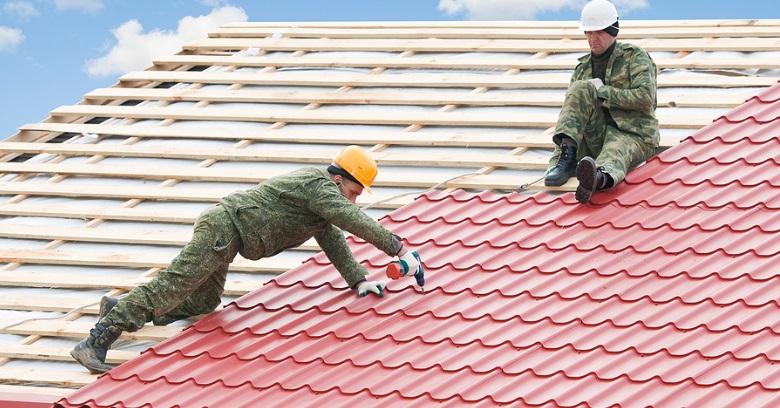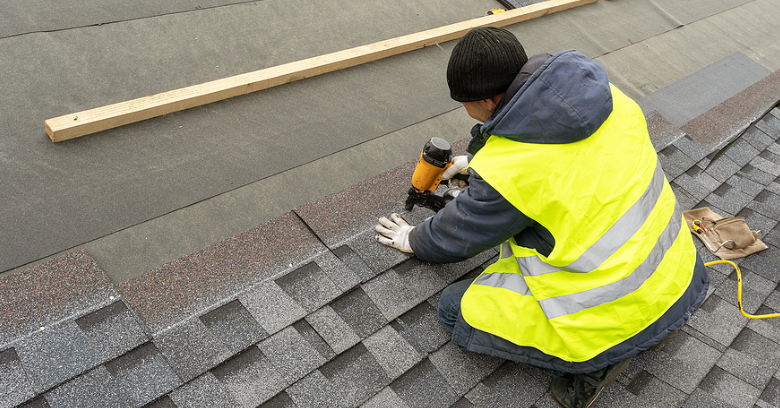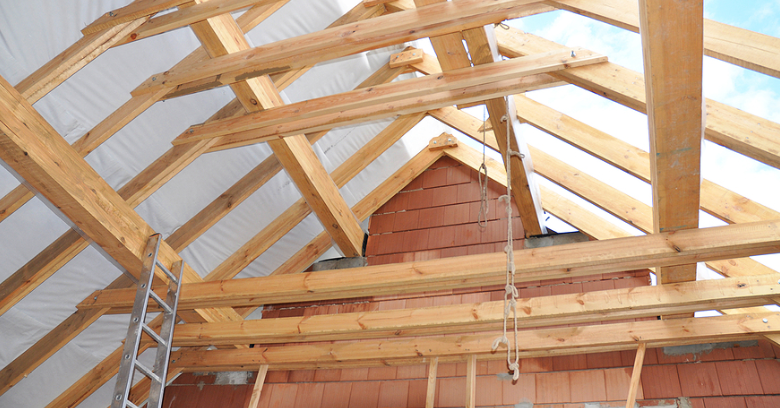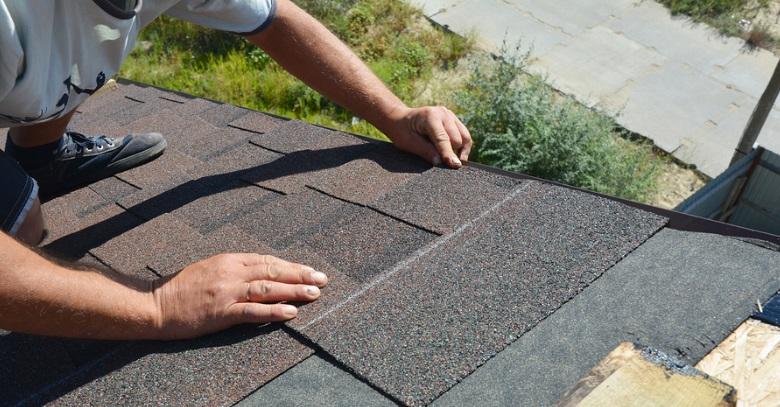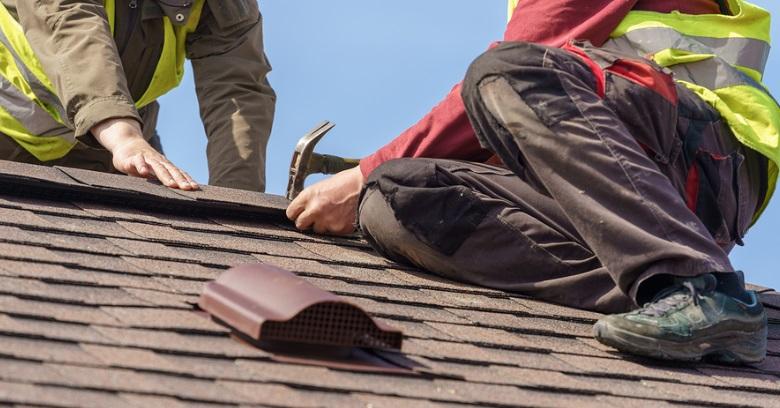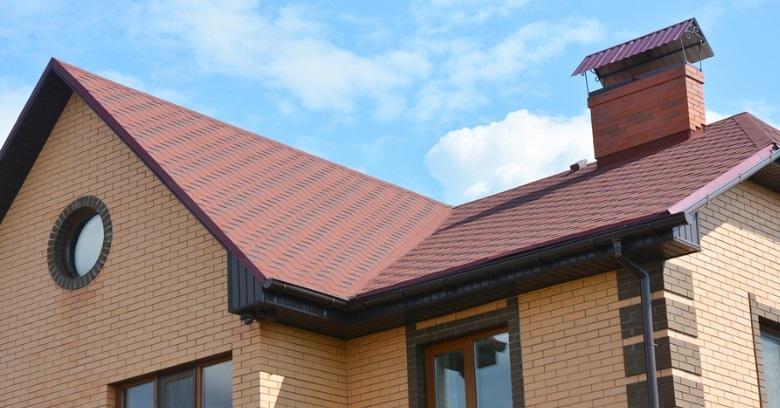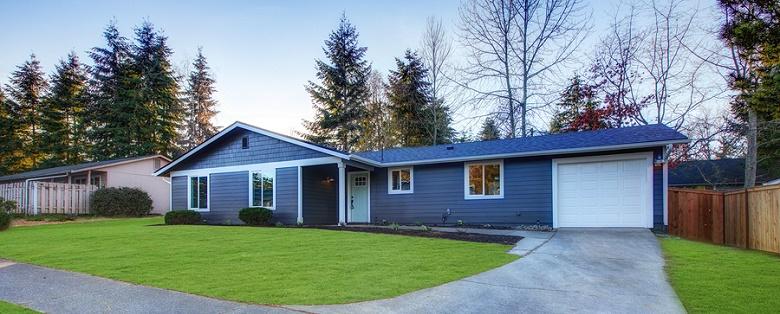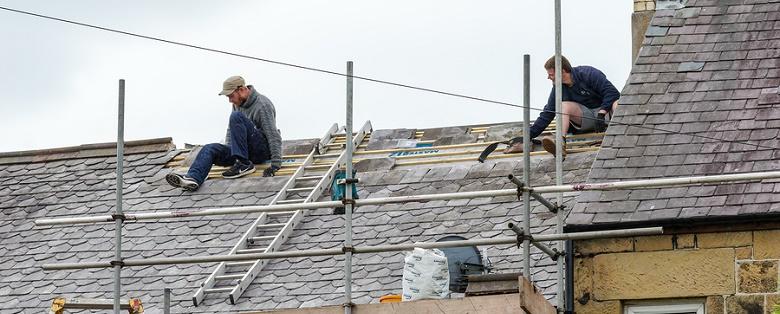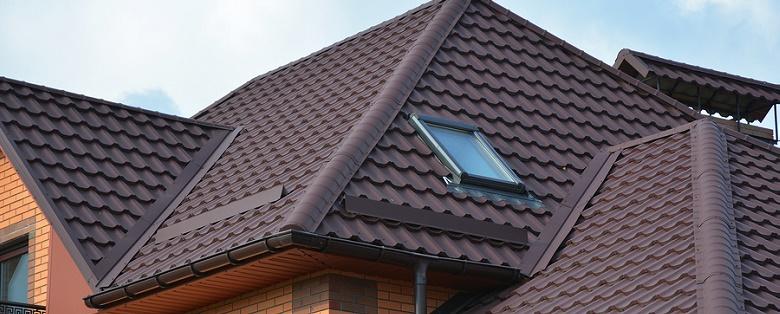The COVID-19 pandemic seems to have affected just about every industry out there, all in different ways.
Where roofing is concerned, it has made things a little challenging depending on local social distancing mandates as well as the need for at-risk people to stay isolated.
Yet roof repairs and new installation are not something that should be put off, so it is important that home and building owners still arrange for these services when necessary.
Fortunately, it’s easier than ever to get through the roofing process even in times of pandemic when working with today’s connected roofers who are using digital technology to everyone’s advantage!
Screen and Hire Roofers Without In-Person Meetings
When your shingle roof needs repairs or maybe a total replacement, you can get through the entire hiring process online without having to meet roofers face-to-face:
- Research Contractors Online - Look up local roofers in your area and research them via reviews, testimonials, and BBB listings. You can also call or email and ask for referrals and drive to see examples of work the contractor has done recently.
- Discuss With Contractors - Communicate with contractors via phone, email, or virtual meetings to talk about your roofing needs, the process, the cost, and anything else that needs discussing.
- Schedule Estimates - Schedule a day and time for the contractor to come to your home and write a detailed estimate of all roof work you both deem necessary. Help the process by sending photos from inside the house if those are needed.
- Review and Finalize - Once you have the estimates, discuss them with the roofer especially warranties, then choose a roofer to take care of roofing needs.
- Schedule a Date - After all the discussion and estimating is complete, schedule a work date with the roofer so they can take care of the rest.
Many of these steps concerning a new roof or roofing repairs are no different than what you would normally do.
With the addition of virtual meetings and doing the majority of the communication online or by phone, you can choose a contractor and get service scheduled quickly without ever having to meet face-to-face until the day the roofer comes to actually do the roofing work.
Even then, it isn’t necessary to let anyone into your house, just step outside and maintain social distancing.
Choose Roofing Products Online
An important part of getting a new shingle roof is choosing the shingles.
The good news is that you can also pick out roofing material online:
- Online Product Information – Most shingle manufacturers keep their products listed online with clear images, color selectors, and important features listed to help you see them and decide which is best for your roofing.
- Home Design Software - Some of these makers even include free designing software on their sites that allow you to visualize color schemes in 3D to estimate what different colored shingles would look like on your roof.
- Shingle Color Samples - You can also request printed color samples to be sent from the manufacturer to confirm color appearances to see the true color for your roof in person.
- Actual Shingle Samples - A shingle roofer may be able to drop off samples of a few shingles to help you make a decision.
Don’t Let A Pandemic Stop Getting A New Roof
COVID-19 may stop us from doing some things right now; however, there is no reason why it should delay roofing repairs or putting on that new shingle roof if it is time.
Delaying this kind of work could result in additional damage to your roof and a more expensive roofing job.
Thankfully, shingle roofers are among those considered to be providing an essential service, so there shouldn’t be any problem finding a contractor to come out and do the work for you.
Where social distancing is concerned, it is very easy to go through the contractor selection, work estimation process, and even choosing roofing materials online or with limited or no face-to-face contact and have the roof you want without delay!
